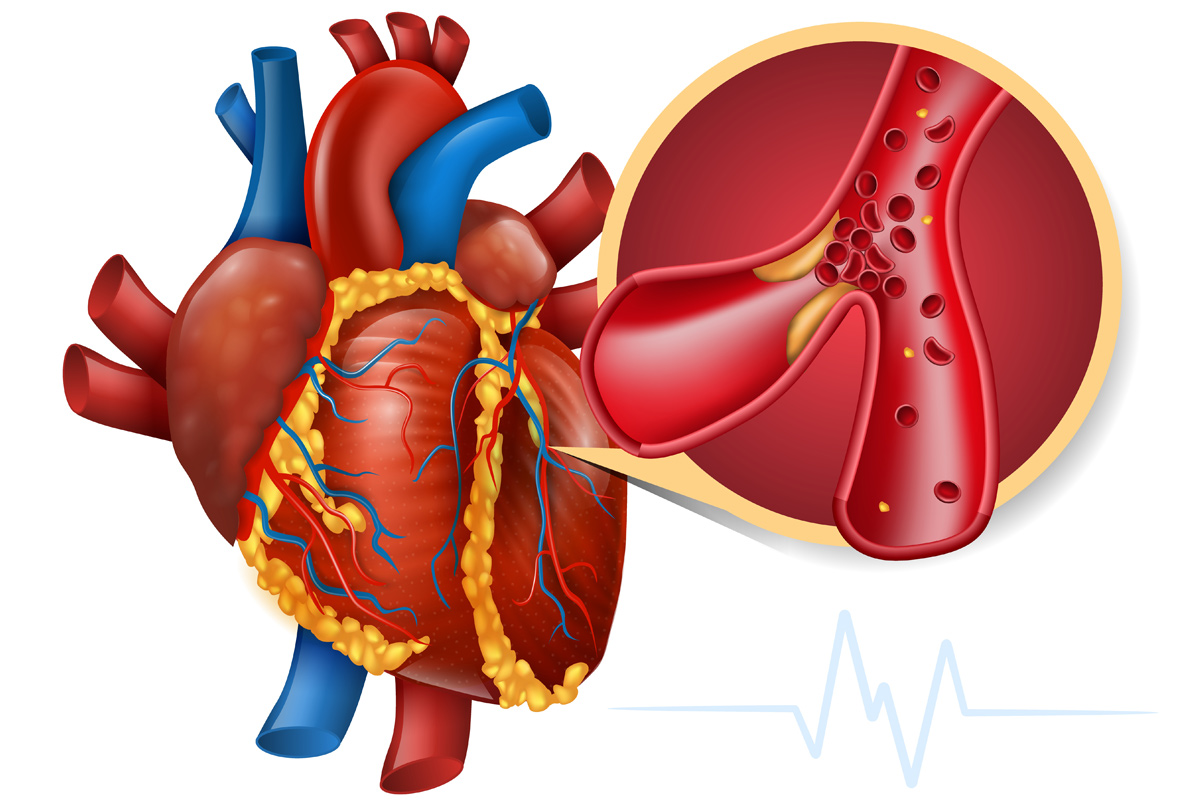How to Prevent Cardiovascular Diseases
Dealing with risk factors is very important. It is not possible to change risk factors such as age, gender, and family history. However, other factors can be addressed. Your doctor will guide you in this regard. You should stop smoking, control high blood pressure, keep diabetes within normal limits, exercise, diet if you have high cholesterol, and if your doctor recommends medication, take it.
How is the diagnosis made?
The most important thing in coronary artery disease is to treat the narrowing of the coronary arteries before it causes an infarction. This is accomplished primarily by observing the condition of the coronary arteries. Although there are various methods used for this purpose (stress test, myocardial scintigraphy, etc.), the coronary angiogram is still the best diagnostic method and is considered the gold standard in patients with suspected vascular disease. A coronary angiogram involves visualizing the coronary arteries and taking images.





